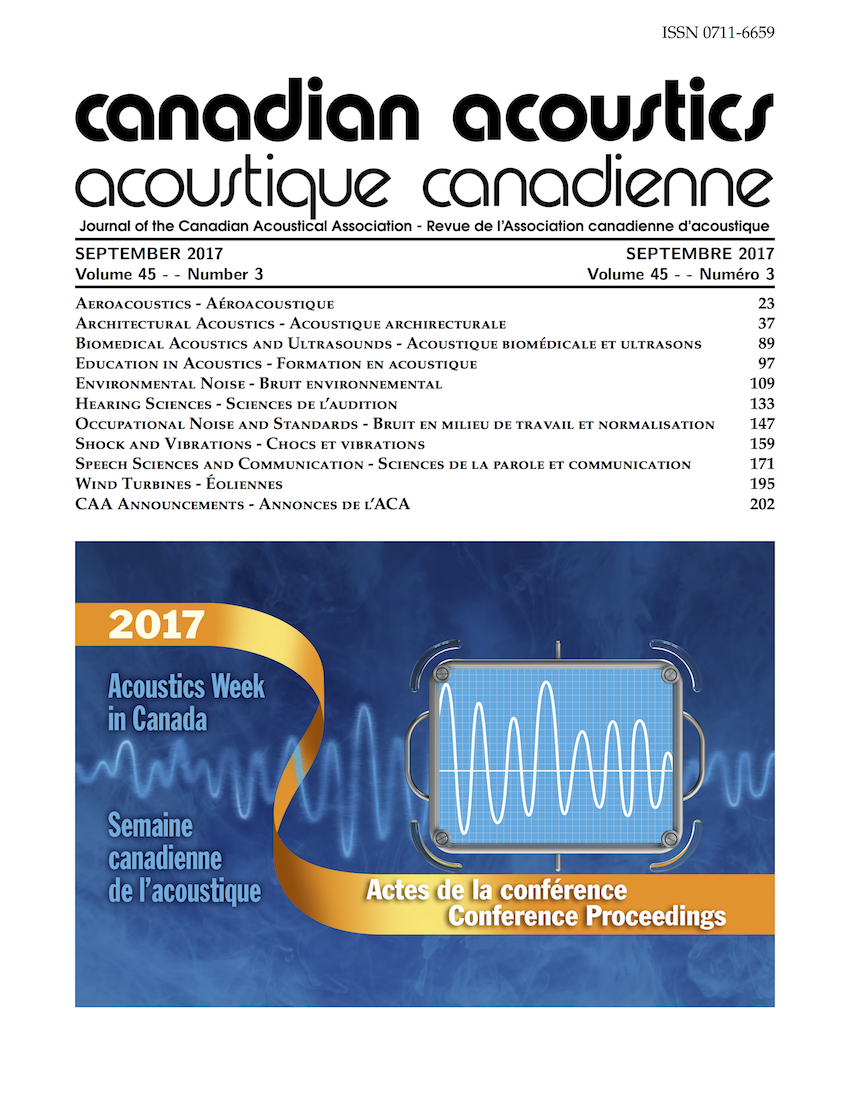Voices in noise or noisy voices: Effects on task performance and appreciation
Résumé
Learning from orally presented information often requires distinguishing target signals from noise. Effects of background noise on information processing has been extensively studied, and it is clear that similarity between target and noise makes separation more difficult. Therefore, the question is what happens when noise is actually part of the target signal, which is the case for dysphonic voices. Dysphonia is defined as a speech disorder `characterized by the abnormal production and/or absences of vocal quality, pitch, loudness, resonance, and/or duration, which is inappropriate for an individual's age and/or sex.' (ASHA).In this study, information processing is investigated in two noise conditions that are thought to be very challenging: multitalker babble and dysphonic voices. The aim is to compare the effect of a noise source that is very similar to the target signal (speech) but clearly external, with the effect of noise sources that are inherently part of the signal (dysphonia). In addition, the combined effect, i.e. a dysphonic voice in multitalker babble, is studied as well. For information processing, task performance and subjective perception of difficulty are evaluated.
Subjective perception varies most clearly with the different noise conditions. Reported difficulty increases significantly for multitalker babble and dysphonia separately, both compared to a healthy voice in quiet conditions. Remarkably, within multitalker babble no differences in rating between dysphonic voices and the healthy voice are seen; dysphonic voices are no longer rated more difficult than a healthy voice when this healthy voice is also presented within babble noise.
Fichiers supplémentaires
Publié-e
Comment citer
Numéro
Rubrique
Licence
Author Licensing Addendum
This Licensing Addendum ("Addendum") is entered into between the undersigned Author(s) and Canadian Acoustics journal published by the Canadian Acoustical Association (hereinafter referred to as the "Publisher"). The Author(s) and the Publisher agree as follows:
-
Retained Rights: The Author(s) retain(s) the following rights:
- The right to reproduce, distribute, and publicly display the Work on the Author's personal website or the website of the Author's institution.
- The right to use the Work in the Author's teaching activities and presentations.
- The right to include the Work in a compilation for the Author's personal use, not for sale.
-
Grant of License: The Author(s) grant(s) to the Publisher a worldwide exclusive license to publish, reproduce, distribute, and display the Work in Canadian Acoustics and any other formats and media deemed appropriate by the Publisher.
-
Attribution: The Publisher agrees to include proper attribution to the Author(s) in all publications and reproductions of the Work.
-
No Conflict: This Addendum is intended to be in harmony with, and not in conflict with, the terms and conditions of the original agreement entered into between the Author(s) and the Publisher.
-
Copyright Clause: Copyright on articles is held by the Author(s). The corresponding Author has the right to grant on behalf of all Authors and does grant on behalf of all Authors, a worldwide exclusive license to the Publisher and its licensees in perpetuity, in all forms, formats, and media (whether known now or created in the future), including but not limited to the rights to publish, reproduce, distribute, display, store, translate, create adaptations, reprints, include within collections, and create summaries, extracts, and/or abstracts of the Contribution.


